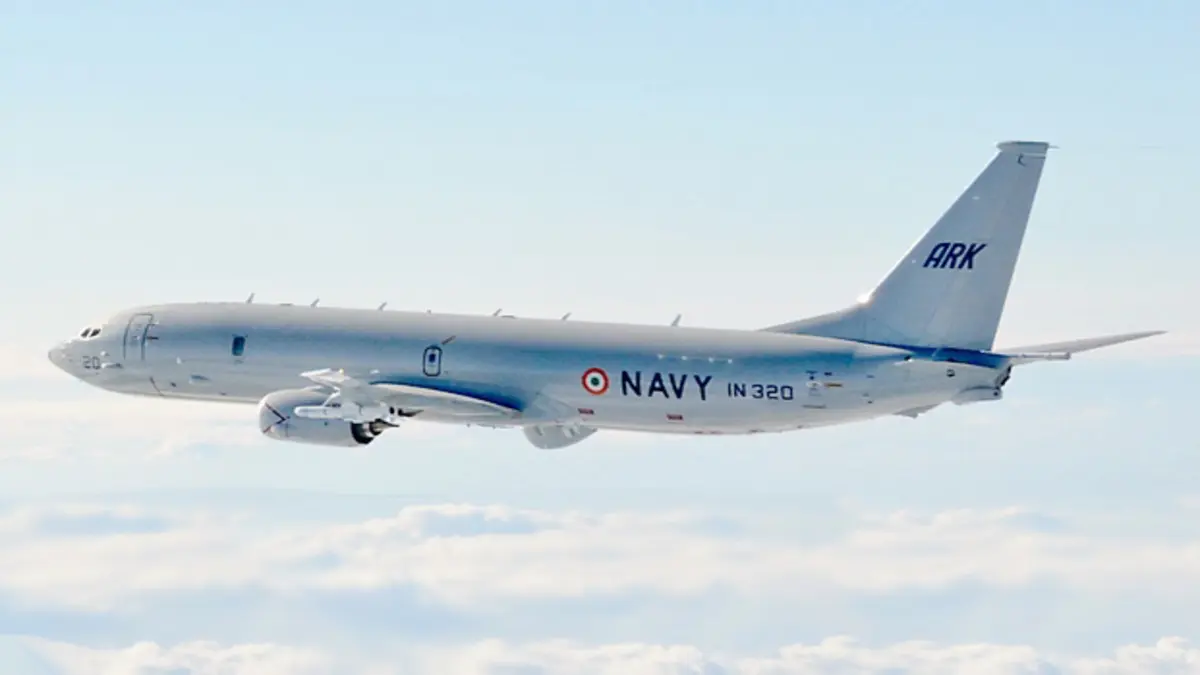India has reportedly postponed several pending defense purchases from the US after Washington increased tariffs on Indian exports, according to a report that also said Defense Minister Rajnath Singh canceled a planned visit to Washington where several deals were to be finalized. The items affected include Stryker combat vehicles, Javelin anti-tank missiles and an additional Boeing P-8I maritime patrol aircraft worth about $3.6 billion, the report said.
Within hours, India’s Defense Ministry publicly contradicted the report, calling it “false and fabricated” and insisting that there was no break in talks on US arms purchases. Indian media outlets published the ministry’s denial and said that the acquisition processes were ongoing.
What is allegedly being withheld – and what New Delhi says
The reported freeze touches on several high-visibility lines: infantry vehicles, precision munitions and maritime patrol aircraft that will deepen India’s anti-submarine warfare and surveillance capabilities in the Indian Ocean. The suggestion of a freeze came with claims that Singh’s trip to Washington – expected to advance these packages – had been cancelled amid tariff tensions.
Indian officials have hit back, dismissing talk of a freeze. The sharp denial reflects an attempt to firewall defense cooperation from the daily upheavals of trade politics, and signals continuity for both domestic services and foreign suppliers.
- A truck commander and Javelin gunner from Troop B, 2nd Squadron, 14th Cavalry Regiment, 2nd Stryker Brigade Combat Team, 25th Infantry Division, conduct a live fire of the first Javelin missile in India during War Exercise 09 (US Army).
Trade-Defense Link
The alleged pause follows an increase in US tariffs on Indian goods, a move that – if it continues – could complicate New Delhi’s near-term reckoning with the American prime minister on key imports. Even without a formal cancellation, slow paperwork, committee adjournments, or delays in senior-level meetings can stall progress on key cases for months. This risk is similar to the pause suggested by the Defense Department — even if it is rejected by the Defense Department.
Strategic Context: A Long Game
Over the past decade, India has woven U.S. systems into its warfighting arsenal — C-17 and C-130J transports, P-8I patrol aircraft, AH-64E attack and CH-47F heavy-lift helicopters, MH-60R maritime helicopters, M777 howitzers, and more — supported by interoperability, exercises, and a 10-year cooperation framework discussed this year. That architecture doesn’t disappear with a single trade dispute, which is why officials on both sides emphasize continuity.
At the same time, India’s procurement strategy is constrained by three factors: budget realities, industrial policy (Make in India/Aatmanirbhar Bharat), and geopolitical hedging. New Delhi wants Western technology but wants co-production, local value addition, and diversified suppliers to avoid over-reliance. That creates friction during pricing, offsets, and technology-transfer negotiations—issues that can worsen when broader bilateral relations are strained.
What a slowdown would mean for services
- Navy: Any delay in additional P-8I aircraft forces additional coverage for long-range anti-submarine warfare and maritime domain awareness as project activity expands in the Indian Ocean. The Navy will rely more on the existing P-8I squadron and MH-60R to fill this gap.
- Army: Stryker/Javelin discussions will impact mechanized mobility and anti-infantry armor depth, though the Army could bridge with local upgrades and interim stocks as indigenous programs mature.
- Indian and US Army soldiers practice supported by Stryker armored vehicles during a joint exercise. (US Army)
Why both sides have incentives to de-escalate
For Washington, India is at the heart of the Indo-Pacific balance and priority defense market; allowing trade to overshadow defense momentum would undo years of progress. NEW DELHI: With technology paths open and predictable for the US, it is easier to move away from legacy Russian dependence while boosting domestic capabilities. Even amid tariff disputes, defense ties — joint exercises, intelligence sharing, logistics access — remain intact.
Key takeaways
Two things came to the fore today: a tariff-related pause on US arms purchases – and the government’s outright denial. Both may be partially true in practice: while political hurdles slow down senior-level approvals and deadlines, formal events may continue. The next indicator to watch is whether Rajnath Singh’s visit to Washington is quickly rescheduled and whether the working-level procurement committees continue to meet on time. If they do, this event will register as a short-term setback rather than a strategic turning point.”
You may also ride: Poland, France Advance Cruise-Missile and Naval Cooperation as Warsaw’s Regional Clout Grows
FAQs: Frequently Asked Questions
Some reports have claimed that India has blocked defence deals after the US increased tariffs on Indian goods. But India’s Defence Ministry has categorically denied this, saying that talks on weapons like Stryker vehicles, Javelin missiles and P-8I aircraft are still ongoing.
The P-8I aircraft helps India track submarines and secure sea lanes in the Indian Ocean, which is a big deal for Indo-Pacific security. Javelin missiles give the military a strong anti-tank capability. Any delay in these deals means that India will have to rely more on its existing fleet and indigenous upgrades for the time being.
Things like tariff clearance, paperwork or high-level visits may slow down, but both sides want to keep defence ties strong. The US sees India as a key player in the Indo-Pacific, and India wants advanced technology with local manufacturing. So, even if trade talks get tough, defence ties are likely to continue.
Key indicators will be whether Rajnath Singh’s US visit is rescheduled soon and the working-level committees continue to meet on time. If this goes ahead, the current talks are just a short-term break, not a long-term solution.








Leave a Reply